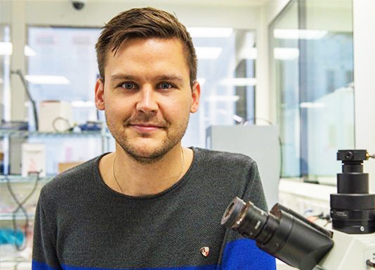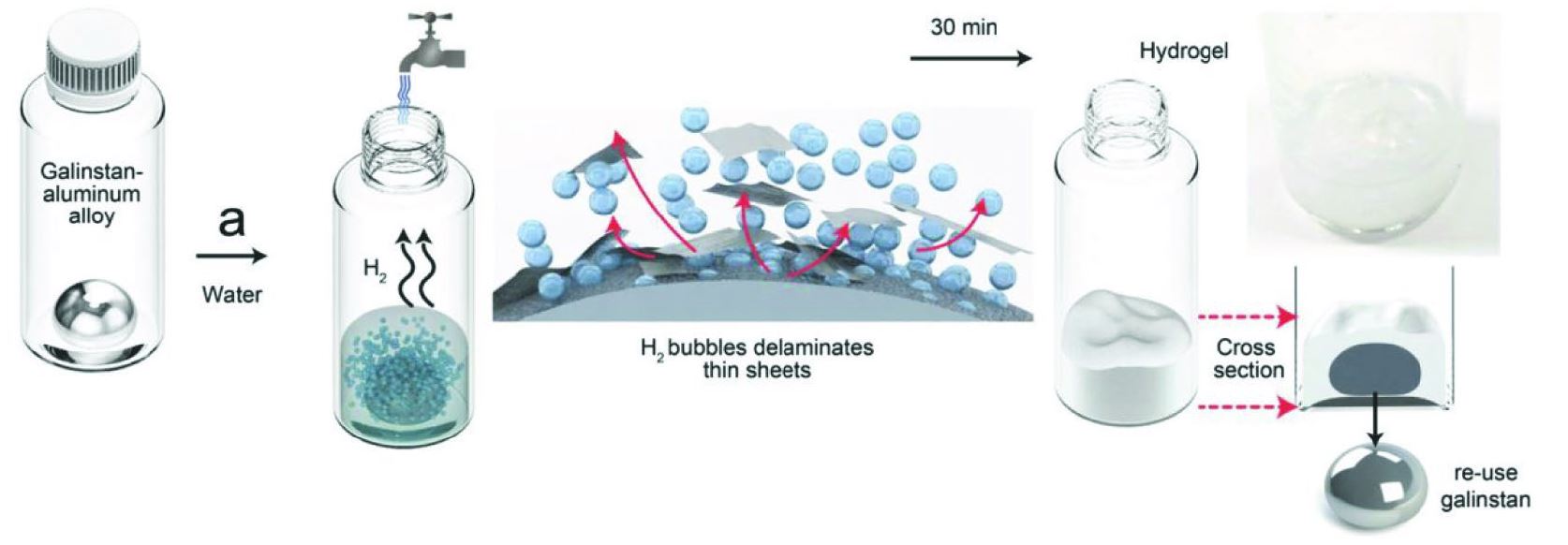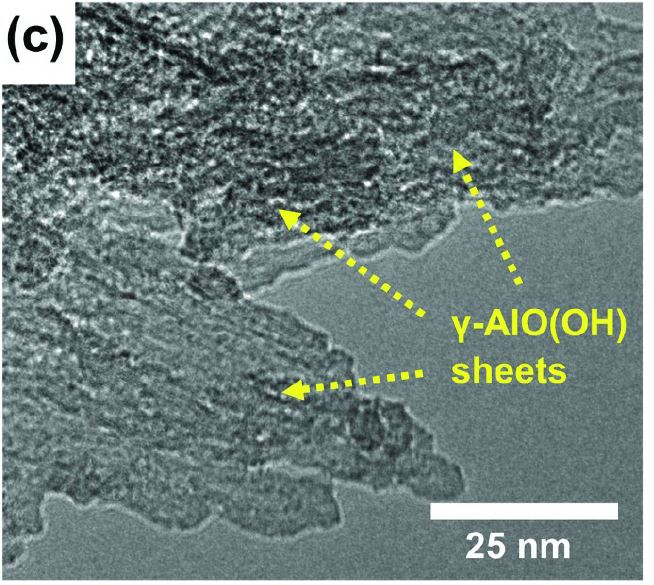
Torben Daeneke, FLEET Chief Investigator, RMIT University

Patjaree Aukarasereenont, Research Associate, RMIT University
The Challenge
Light-emitting diodes (LEDs) are consumer electronics that play a crucial role in our daily life-from a mobile phone to LED billboards, LEDs are ubiquitous. There are, however, delicate components sitting inside each LED unit that need to be protected in a dry and oxygen free environment. The lifespan of typical LEDs is limited by the quality of their protective encapsulation technology, with device damage occurring when water and oxygen inevitably defuse through the epoxy polymer-based barriers. Therefore, the encapsulation material is required to have excellent physical and mechanical strength as well as possessing high optical clarity and gas barriers properties.
The Solution

The liquid-metal technique allows synthesis of ultrathin aluminium oxides that significantly enhance mechanical properties of the protective epoxy polymer. Ref: Zavabeti, et al., 2018, DOI 10.1002/adfm.201804057
Our work provides a way to enhance the quality of these encapsulation materials by adding carefully tailored 2D metal oxides as gas barriers which will potentially prevent the device’s degradation and prolong their lifespan accordingly.
Key Benefits
- Longer LED device lifespan
- Other industries that require transparent polymer encapsulation with good gas barrier properties including food packaging companies
Development Stage
- Testing ideas
- Seeking strategic partners
Brief Description & Differentiation

Transmission electron microscope (TEM) analysis confirms ultra-thin, two-dimensional nature of of synthesized boehmite (γ-AlO(OH)) that when bonded to epoxy layer improves tensile modulus, yield stress and fracture toughness. Ref: Ravindran, et al., 2019, DOI 10.1016/j.compscitech.2019.107708
Previous studies have shown that ultrathin aluminium oxides synthesised via liquid metal-based techniques significantly enhance mechanical properties of an epoxy polymer (see refs below). Our work will take a step further in investigating the capability of the reinforced polymer in LED encapsulation application since the addition of 2D materials such as graphene has been shown to significantly inhibit gas permeation within polymer blends.
During this project, our gram scale synthesis technique for 2D aluminium oxides will be utilised and adapted to provide high quality nanosheets. These nanosheets will then be blended with commercial polymers in order to evaluate the gas barrier and optical properties of the final project. The protection performances of the developed composites will be assessed using industry standard test.
Intellectual Property
No existing IP
Key Publications
- Zavabeti, et al., Green synthesis of low-dimensional aluminum oxide hydroxide and oxide using liquid metal reaction media: Ultrahigh flux membranes, Advanced Functional Materials, 2018, DOI 10.1002/adfm.201804057
- Ravindran, et al., Liquid metal synthesis of two-dimensional aluminium oxide platelets to reinforce epoxy composites, Composites Science and Technology, 2019, DOI 10.1016/j.compscitech.2019.107708

